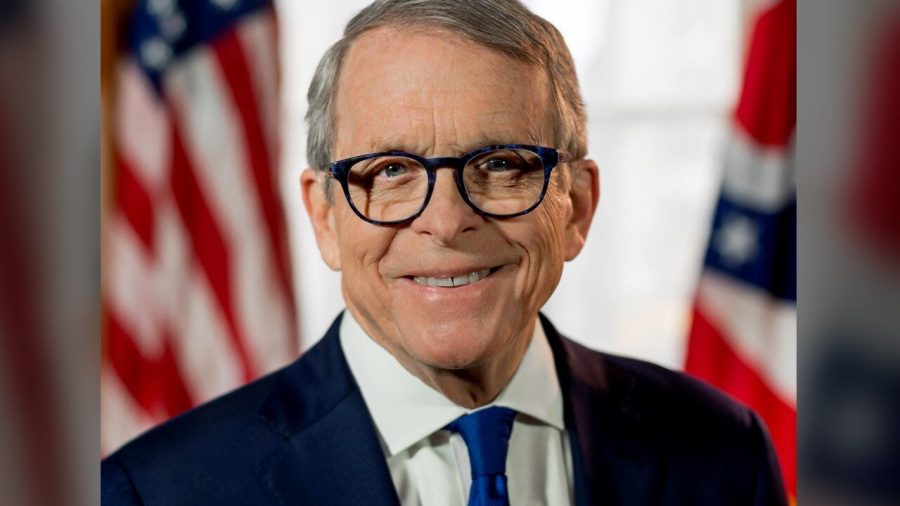Ohio governor extends overnight curfew into new year
December 11, 2020
COLUMBUS, Ohio (AP) — Ohio’s overnight curfew will be extended into the new year, Gov. Mike DeWine announced Thursday as he urged residents to do everything possible to protect themselves and others from the coronavirus during the Christmas season.
The curfew first enacted last month will continue to run from 10 p.m. until 5 a.m. until Jan. 2, the governor said. The curfew restricts movement outside homes but allows multiple exceptions for work, grocery shopping, medical emergencies and other trips. Some epidemiologists have questioned its effectiveness.
“We simply cannot afford — on the very eve of a safe and effective vaccination — to further overwhelm our hospitals and healthcare providers with a holiday tsunami,” DeWine said, calling these next few weeks “an inherently dangerous time.”
Ohio is set to receive its first supplies of vaccination on Tuesday.
Holiday religious services such as Roman Catholic midnight Mass would not be affected by the curfew, the governor said. Upcoming late games by the Cincinnati Bengals, Cleveland Browns, Columbus Crew and the Cincinnati Bearcats football team are also exempted, but DeWine asked fans to limit watch parties to their own households.
During DeWine’s Thursday briefing, he invited 12 medical experts from around Ohio to highlight protective steps people can take, from washing hands, wearing masks, keeping celebrations small, limiting travel and not eating or drinking with non-household members.
Even during the pandemic, people are still having heart attacks, strokes and getting in car accidents, said certified nurse practitioner Jennifer Duncan, who urged people to celebrate Christmas at home only with immediate family members.
“If our emergency rooms are overwhelmed with COVID-19 patients, it makes it harder for them to take care of you or a loved one if you present to an emergency room with a different type of emergency,” said Duncan, who practices at Adena Family Medicine and Pediatrics in Jackson County in southeastern Ohio.
Ohio’s seven-day rolling average of daily new cases has risen over the past two weeks from 9,131 new cases per day on Nov. 25 to 11,741 new cases per day on Dec. 9, according to an Associated Press analysis of data provided by The COVID Tracking Project.
The state’s seven-day rolling average of daily deaths has risen over the past two weeks from 64 deaths per day on Nov. 25 to 74 deaths per day on Dec. 9, the analysis found.
Summit County in northeastern Ohio, which includes Akron, recorded 130 of its 420 deaths from the virus in the roughly four weeks since early November and that total could be higher because of paperwork delays, said county health commissioner Donna Skoda. The county is now averaging 4.5 deaths per day over the past week.
“In October, we had days go by where we didn’t have anybody die. Not now. Now it’s fairly regular,” Skoda said.
Akron’s City Council last month adopted a rule limiting guests at private gatherings to six people from outside the home, and county health officials this week recommended that schools stop competing in sports and consider holding only virtual classes.
But the county’s hospitals remain stretched to capacity and there isn’t enough testing for people who are asymptomatic, Skoda said.
It’s doubtful there will be any new countywide mandates, because they’ve seen that those only work as statewide orders, she said.
Her office found that when Akron put limits on private gatherings, people simply moved their family gatherings and parties outside the city, she said.
“Its almost like the more you mandate, the more resistance you get,” Skoda said.

























